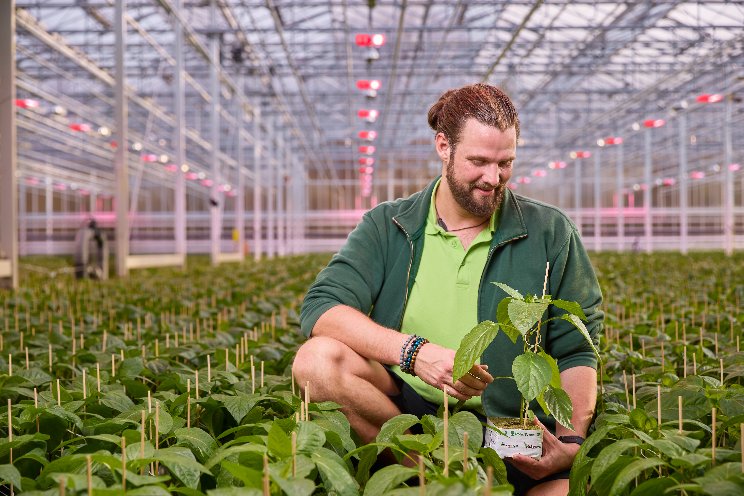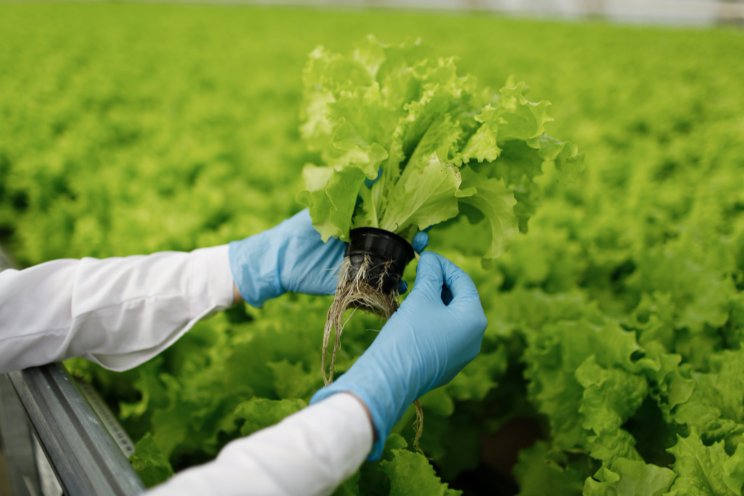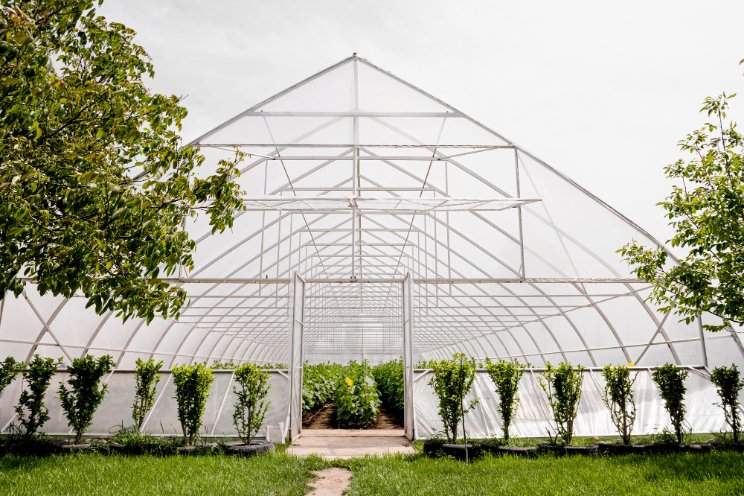4 factors to consider before upgrading greenhouse coverings
Added on 27 February 2023

The Resource Innovation Institute recently compiled insights from greenhouse experts and current operators into the factors growers must weigh when making decisions on the right greenhouse covering. These include:
- Material Cost and Longevity: Greenhouse coverings come in a wide array of materials. Commercial operators typically will employ glass, polycarbonate, or acrylic coverings. Budget can greatly dictate the choice of material that an operator will select for their facility, as siding costs can rapidly stack up.
- Light Transmission: One of the reasons a greenhouse grower would sacrifice durability or longevity is light transmission. A single-layer acrylic covering can have a light transmission rate of up to 90%, which would make it a good option for fruiting plant growers. While their cost generally is a fraction of glass or acrylic, polycarbonate materials typically have lower light transmission levels. Having more layers increases insulation rates, but also will drastically drop light transmission levels.
- Shading and Blackout Curtains: Maximizing the use of natural light is a great way to improve greenhouse efficiency, but crop types and location can necessitate the use of shading and/or blackout curtains. Curtains designed for light diffusion can also improve light penetration into the lower canopy while reducing overall heat load, further improving operational efficiency and performance.
Photo: Prospiant
More news















